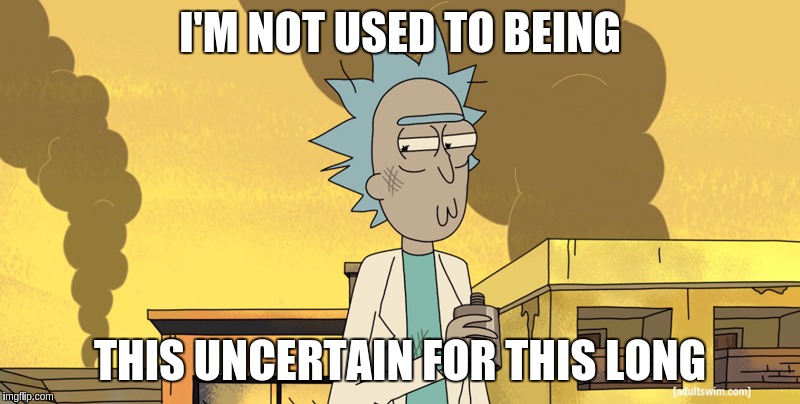I listen to earnings calls often and sometimes read transcripts, but over the last four months, most calls seem to contain the word resilient. “The consumer is resilient” seems to have become the catchphrase that explains the second quarter. What is resilience, and why am I not buying it?
The consumer is resilient, but what about brands?
What does resilient mean? According to the Cambridge Dictionary, “the ability to be happy or successful after something difficult or bad has happened.” Globally, we are in an election year (US, India, South Africa, and many other countries), which always makes markets uncertain about the future. When market uncertainty is further defined, it generally shows volatile pricing and supply and demand inconsistencies, which directly impact business strategy and profits.

What resilience looks like
What has happened in-store and online for consumers? Shrinkflation – wait, what? Large consumer packaged goods (CPG) companies have made grocery items smaller, but their pricing remains the same. I have noticed that I am buying more private-label products than in years past, and certain staples such as bread, milk, and eggs have had price increases, which have remained the same on the shelf for months. I remember a time when buying these items online would showcase cheaper pricing, but the parity between retail and online is at an all-time high.
Brand loyalty is visible in stores when I witness other customers just putting items versus looking at pricing and determining if they want to pay more for an item from a brand they like. I am firmly aware that my research is very scientific and only has one participant, but the willingness to pay clearly is back. Some customers do not worry about paying more versus buying a private label that is likely the same product. I price compare in-store and online and want the best value for my cash.
The resilient consumer is a different consumer
One of my takeaways from Walmart’s Q1 2025 earnings is that higher-income customers are now shopping at Walmart, which is a change from the norm for me. I always believed that Walmart’s daily low prices have made it more attractive to lower—and medium-income customers. Amazon was the home for higher-income customers due to Amazon Prime’s convenience and its membership program, which has higher pricing compared to other retail loyalty programs. It is not a stretch to believe that consumers, especially those with higher incomes, have multiple loyalty program memberships, and this should concern Amazon as the overlap between itself and Walmart was small. That seems to be changing as Walmart seems to be executing like Amazon did in the mid-2000s.
So, the question now for brands is: Do you know your customers and their behaviors? Over the last two years, it feels to me that the number of brands that have relationships and know their customers depends on who has the right tools to engage with them. Large incumbent brands use wholesale to sell to retail and marketplaces and, in some cases, are unaware of their customers and needs. This is especially true in the CPG sector, but the importance of data collection on every channel is becoming a table stakes for all brands.
Takeaways
Investors should ensure that their consumer startups are thinking about pricing and understanding whether the companies are either in discretionary or non-discretionary buckets. Unit economics are now more important than ever as platform fees can and will create loss leaders. I think we can all agree that investment in consumer is at the moment borderline impossible due to the economic climate we are in. That said – I believe that sector incumbents cannot stop innovating or just assume they are market leaders. I see opportunities when new companies better execute than incumbents in helping their customers solve a problem or fulfill a need.
Private Equity investors and management teams are in a win-win situation as they can acquire companies that are either in trouble or likely close to shutting down. That said – understanding the sector the company is operating is vital and ensuring that unit economics align with marketing objectives (there is no point investing in loss leading SKUs) is the line between success and trouble. Assets should be evaluated to ensure that profitability is optimized through bundling and understanding that sub $30 items are likely not generating profits.
Agency staff should be spending time optimizing reporting to ensure that operating teams have clear visibility on metrics such as pricing, stock levels and sell-through rates. If your patterns are in discretionary spending – how are we thinking about the future? What can we do to generate sales? Those in non-discretionary spending such optimize for profitability to ensure that every transaction is driving profitability as the opportunity to optimize incorrectly can and will harm brands. Being on the correct channels and ensuring that they are not impeding growth is critical in a time when customers are trading down and looking for better value.
